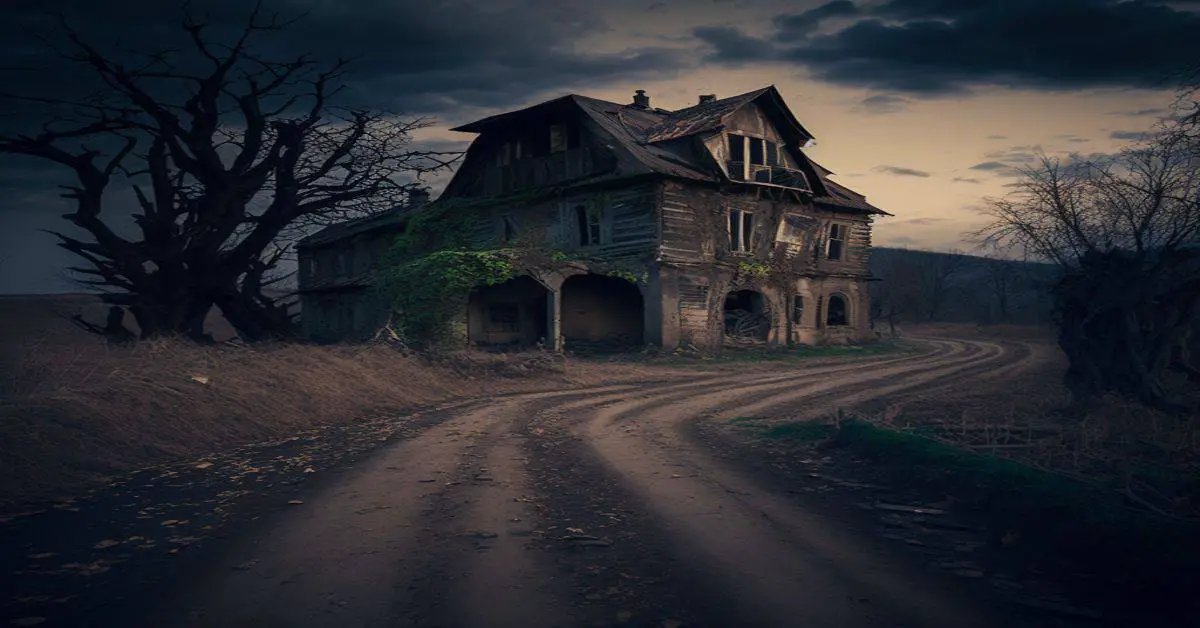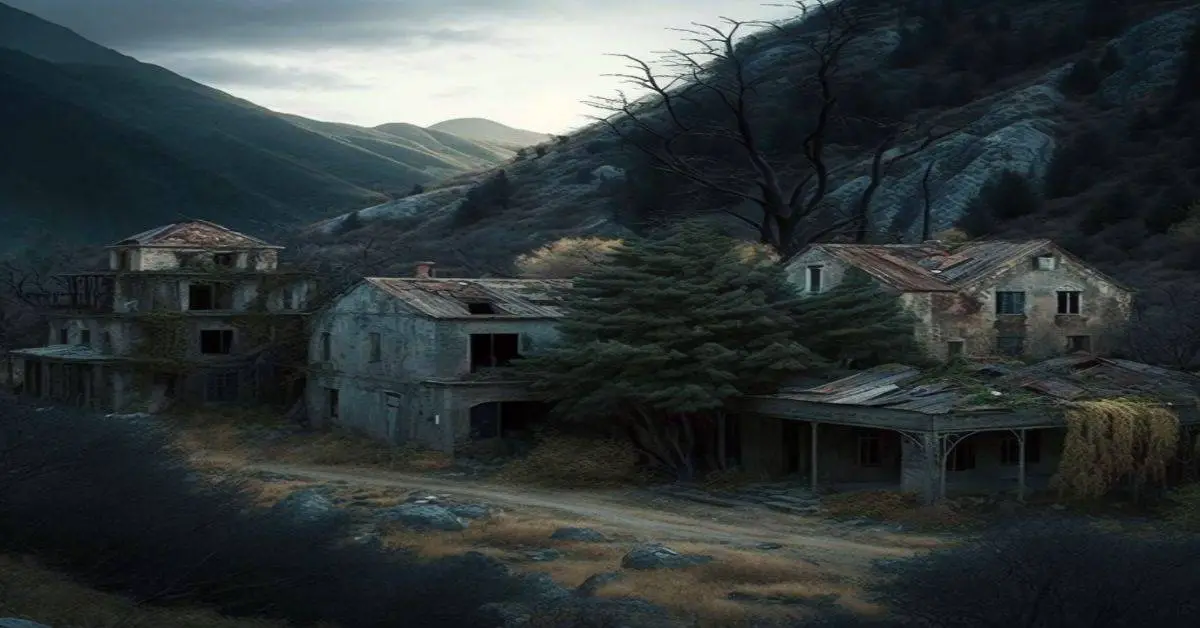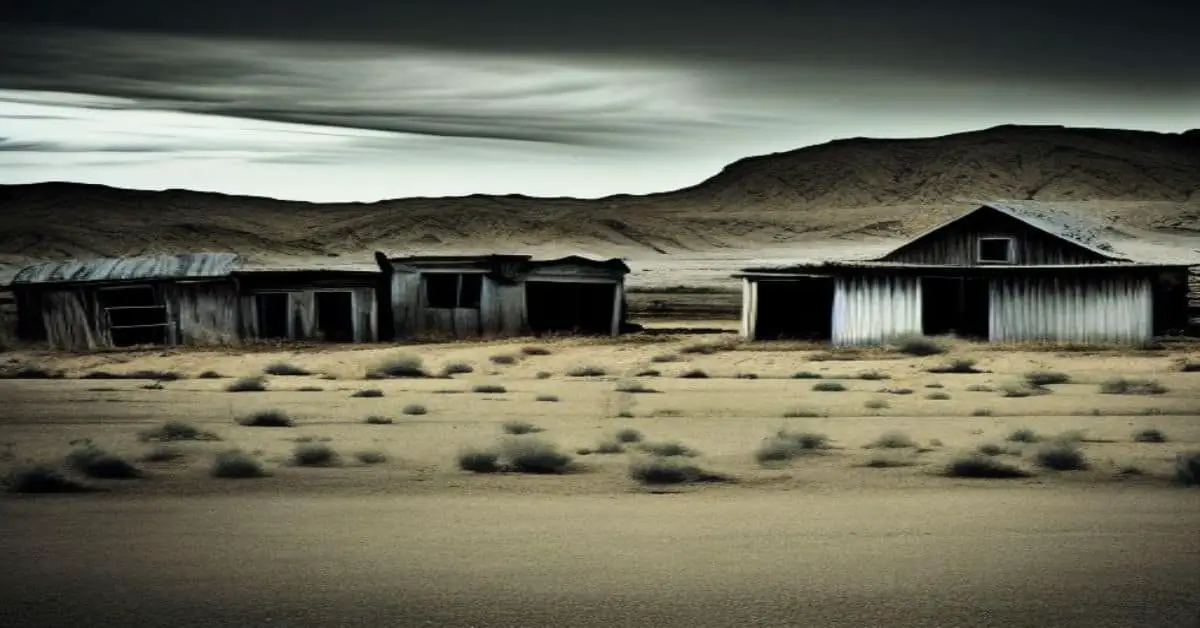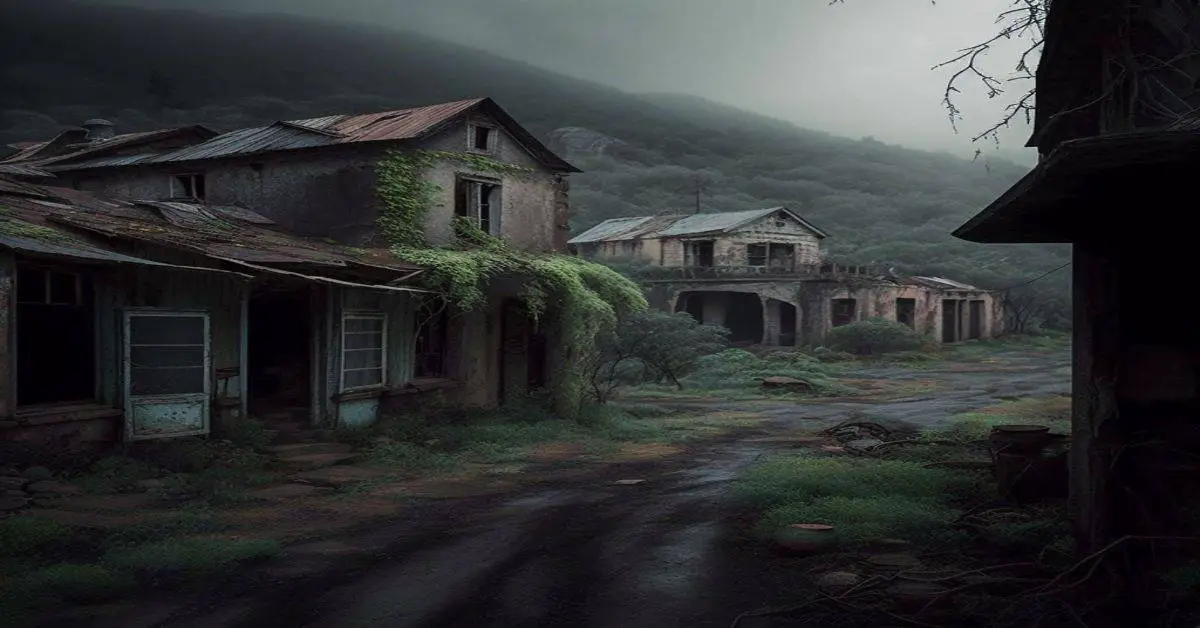Illinois had a battle to conquer before becoming the 21st state of the United States on December 21, 1818. The government believed Illinois would join as a free state and tip the balance of power away from pro-slavery, so it set a population requirement of 60,000 that needed to be met before gaining statehood.
Even with fur trading, farming, coal, and timber bringing in more territorial residents, the population requirement was enormously difficult to overcome. As legal battles continued, Illinois was eventually granted statehood as a free state, and the northern border extended to the Great Lakes.
There are 84 ghost towns in Illinois. As mills closed, railroads bypassed towns, and floods relocated entire communities, more cities became abandoned and left to become one with the land.
The state of Illinois was one of the most diverse regarding lands in the United States. It provided the Midwest’s necessary resources for agriculture, coal, timber, and petroleum. It was the perfect state to stop before continuing to another location. With so much to offer, why would towns disappear?
Millville, Illinois
Millville was a settlement in Jo Daviess County, Illinois, instituted in 1835. It was 22.8 miles from Galena, Chicago.
Its economy came mainly from sawmills, as they were the first businesses built there. By 1850, the railroads entered the county but only to pass through on their way to other locations. The Illinois Central Railroad decided that Millville was not the place for development, causing it to decline.
In 1847, a gristmill replaced the sawmill, increasing grain production and putting timber aside. Other businesses, such as blacksmiths, millwrights, carpenters, grocery keepers, storekeepers, and woodchoppers, were established. Historians say the estimated population was around 300 people by late 1830.
In 1892, a flood swept away the town, completely destroying buildings, houses, and mills. The state of Illinois purchased the land and built Apple River Canyon State Park. Visitors can walk around or have a picnic here.
Vishnu Springs, Illinois
Vishnu Springs was a piece of land near natural springs in McDonough County, Illinois. The water springs in this location were known as Tennessee Springs, but after a doctor, J. W. Aiken, bought the land, Vishnu Springs was renamed after a Hindu God known as the preserver of living things. The doctor wanted to sell the idea of the water’s natural medicinal features.
It was established in 1840, about 13 miles west of Macomb, IL. Near the 20th century, Darius Hicks decided to build a resort town to attract people to the spring water. It was called Capitol Hotel and hosted many people, including bootleggers and gangsters like Al Capone.
With the businesses and ideas behind the spring waters, the town attracted nearly 3,000 visitors yearly. Unfortunately, by the 1920s, it had lost its charm. Access to the city was a hassle because there were no rail lines, the river was unavailable, and the roads were difficult to travel during winter.
In addition, some unfortunate things happened, such as the handler of the children’s carousel was crushed to death in a horrific accident, and in another instance, an altercation about a business payment ended up with a stabbing.
Ira Post tried to resurrect the hotel in 1935 by advertising it as a destination area for vacation, but once he died, it changed hands. The new owners attempted to operate only the restaurant and country music attraction part, but it lasted less than two years.
By 1980, Vishnu Springs was abandoned, but not before it had been used as a commune by hippies and college students. In 2003, the site was donated to Western Illinois University. It has been renamed Ira & Reatha T. Post Wildlife Sanctuary, a university-students study location.
Cardiff, Illinois
Cardiff was a town in Livingston County, Illinois, founded in 1899 as a coal mining town. The closest city, Reddick, is just 5.2 miles away.
This town started mining after a nearby village named Campus rejected it. The White Breast Fuel Coal Company was looking to start a mining company, but Campus decided to pass on the offer, so they decided to try in Cardiff.
The mine was built in 1899, and the railroad helped distribute the coal. The town started to grow, and more people were needed with the demand for coal. In the following years, more miners moved to Cardiff; stores and shops opened up, schools were built, and the town seemed to thrive.
In 1903, tragedy struck with the explosion inside the mine, killing three miners. After rescuing the injured miners, funerals were held for the deceased. Another explosion ensued on the day of the funeral, killing six more men. The following day, a third explosion occurred just before a crew was about to go in to do repairs.
This explosion was the biggest one so far, which damaged the mine shaft and machinery used, killing one more person. Within the next few days, two more explosions occurred, but luckily with no casualties. By then, the mining company had lost an estimated $100,000.
Typically, a person would think that these explosions, one after the other and with 13 losses, would be disastrous for a town, but it was just a tipping point. Cardiff Coal Co. decided to dig another mine where more coal was found and required more people. The city grew, and the economy prospered until Wabash Railroad, the largest client, decided to end their business relationship as their buyer.
The coal’s quality had dropped, and by losing the town’s most considerable customer, the mine ended up closing for good in 1912, and with that, so did the town. In 2013, there were about 28 people still living in Cardiff. Still considered a ghost town, Cardiff is still alive by its connection to Romanetto Welding, a welding company in town.
Clayville, Illinois
Clayville was a small settlement in Cartwright Township, Illinois; the closest location was Pleasant Plains, 1.5 miles to the west. This city was founded in 1824 and started by the Broadwell family. John Broadwell and his wife Betsy arrived at Clayville in 1819 but moved to Richland Creek once the rest of the family came. They stayed there for about four years until Clayville started selling land.
The family bought 3,000 acres and began constructing the Broadwell Inn, a stop-and-go place for people traveling in and out of Springfield. This place offered passersby lodging and water for their horses, allowing the Broadwells to sell alcohol in the bar.
The inn’s success brought people to Clayville, and the town grew. In 1850, the railroad came through the city. With railroads in place, there wasn’t as much need for an inn where people could spend the night or allow horses to rest, so the tavern and inn started to die out until eventually sold.
In early 1900, the roads were paved, and motor vehicles became the norm. The main street in Clayville became what is still known today as Illinois Route 125.
With the tavern’s demise, jobs were lost, and the center of the town was relocated to Pleasant Plains. In 2009, the Pleasant Plains Historical Society and a non-profit organization obtained the tavern and the surrounding lands. They created the Clayville Historic Site, a museum and activity place.
Conclusion
Illinois is one of those states where a community can succeed wherever it goes. There are plenty of lands to exploit, freshwater, and a great location overall. This is why many ghost towns speak more about the people looking for greener pastures than the land itself.



